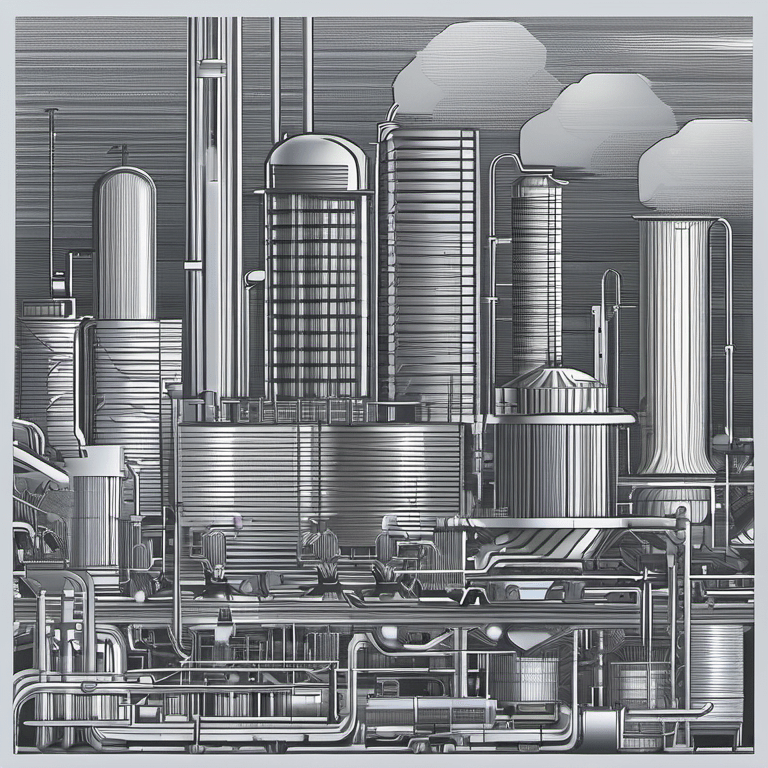Manufacturing is a complex and multifaceted industry that plays a crucial role in the global economy. It involves the production of goods for use or sale, using labour, machines, tools, and chemical or biological processing or formulation. The manufacturing sector is a significant contributor to a country’s economic health and stability. It provides employment opportunities, drives innovation, and contributes to national GDP.
In the context of manufacturing, it’s essential to consider three key aspects: Think Design, Think Solution, and Think ROIC (Return on Invested Capital).
**Think Design**
Design is an integral part of the manufacturing process. It’s not just about aesthetics; it’s about functionality, efficiency, and sustainability. The design phase is where ideas are conceptualised and transformed into tangible products. It involves careful planning and consideration of various factors such as materials to be used, production methods, cost implications, market demand, and environmental impact.
In manufacturing, design thinking can lead to innovative solutions that meet customer needs while also considering the broader social and environmental context. This approach encourages manufacturers to be more creative and flexible in their problem-solving strategies. It promotes a culture of continuous learning and improvement.
**Think Solution**
The manufacturing industry is constantly evolving due to technological advancements and changing market demands. As such, manufacturers need to be solution-oriented to stay competitive. This means identifying problems or inefficiencies in the production process and finding effective ways to address them.
Solution thinking in manufacturing could involve implementing new technologies such as automation or AI to improve productivity. It could also mean adopting lean manufacturing principles to eliminate waste and increase efficiency. Furthermore, solution thinking encourages manufacturers to consider the end-to-end lifecycle of their products – from sourcing raw materials to disposal – and find ways to make this process more sustainable.
**Think ROIC**
ROIC stands for Return on Invested Capital. It’s a profitability ratio that measures how effectively a company uses its capital to generate profits. In the manufacturing industry, where significant investments are often required for machinery, equipment, and technology, ROIC is a crucial metric.
Thinking in terms of ROIC encourages manufacturers to make strategic decisions about their investments. It pushes them to consider not just the upfront costs of these investments, but also the potential long-term returns. This could involve investing in high-quality equipment that may be more expensive initially but will result in lower maintenance costs and higher productivity in the long run.
**Conclusion**
In conclusion, the manufacturing industry is a dynamic and complex field that requires a multifaceted approach. By adopting a design thinking mindset, manufacturers can create innovative and sustainable products. By being solution-oriented, they can improve their processes and adapt to changing market demands. And by considering ROIC, they can make strategic investment decisions that will benefit their business in the long term.
Manufacturing is not just about producing goods; it’s about thinking creatively, solving problems, and making smart financial decisions. It’s about creating value – for customers, for businesses, and for society as a whole.
